Growing and caring for Chervil can be a rewarding experience for any gardener. With its delicate flavor and versatile uses in the kitchen, Chervil is a fantastic addition to your herb garden. Remember to choose a suitable location with partial shade and well-drained soil for optimal growing conditions.

Once planted, caring for your Chervil plants involves regular watering, weeding, and occasional fertilization. Look for pests like aphids or slugs, which can damage your plants if not addressed promptly. Growing and caring for organic Chervil requires some attention but offers great rewards.
How to Grow and Care for Organic Chervil
Step-By-Step Guide on How to Grow Chervil from Seeds
First, choose a location for your Chervil plants that receive partial shade. Chervil prefers cooler temperatures and does well in areas with mild summers. Prepare the soil by removing weeds and loosening it with a garden fork or tiller. Chervil thrives in well-draining soil, so add compost or organic matter to improve drainage. Next, sow the Chervil seeds directly into the prepared soil. Scatter them evenly over the surface and lightly press them into the soil with your fingertips.
The seeds are small, so be careful not to bury them too deep – they only need about 1/4 inch of covering. Water gently after sowing to ensure good seed-to-soil contact. Chervil typically takes around 10-14 days to germinate. Once seedlings emerge, thin them out if necessary, leaving about 6 inches of space between every plant. As your Chervil plants grow, continue watering regularly and providing adequate sunlight or partial shade. Mulching around the plants can maintain moisture and suppress weed growth.
Tips For Growing Organic Chervil in a or Pots
Growing Chervil in a garden or pot can be a rewarding experience for any herb enthusiast. To start growing Chervil, choose a sunny spot in your garden or find the right size pot for your space. Chervil prefers well-drained soil and thrives in slightly acidic conditions. If the soil is too compacted, add some organic compost to improve its texture and fertility. When planting Chervil seeds, sow them directly into the soil or pot at a shallow depth of about 1/4 inch.
Keep the soil moist during germination but avoid overwatering as it can lead to fungal diseases. As the seedlings emerge, thin them out to give each plant enough space to grow and develop properly. Chervil plants should ideally be spaced about 6-8 inches apart. Regularly check for pests such as aphids or slugs and take necessary measures to control their population using organic pest control methods like neem oil spray or introducing beneficial insects like ladybugs.
In case you missed it: 14 Common Problems with Cherry Tomato Plants: Prevention, Treatment, and Solutions
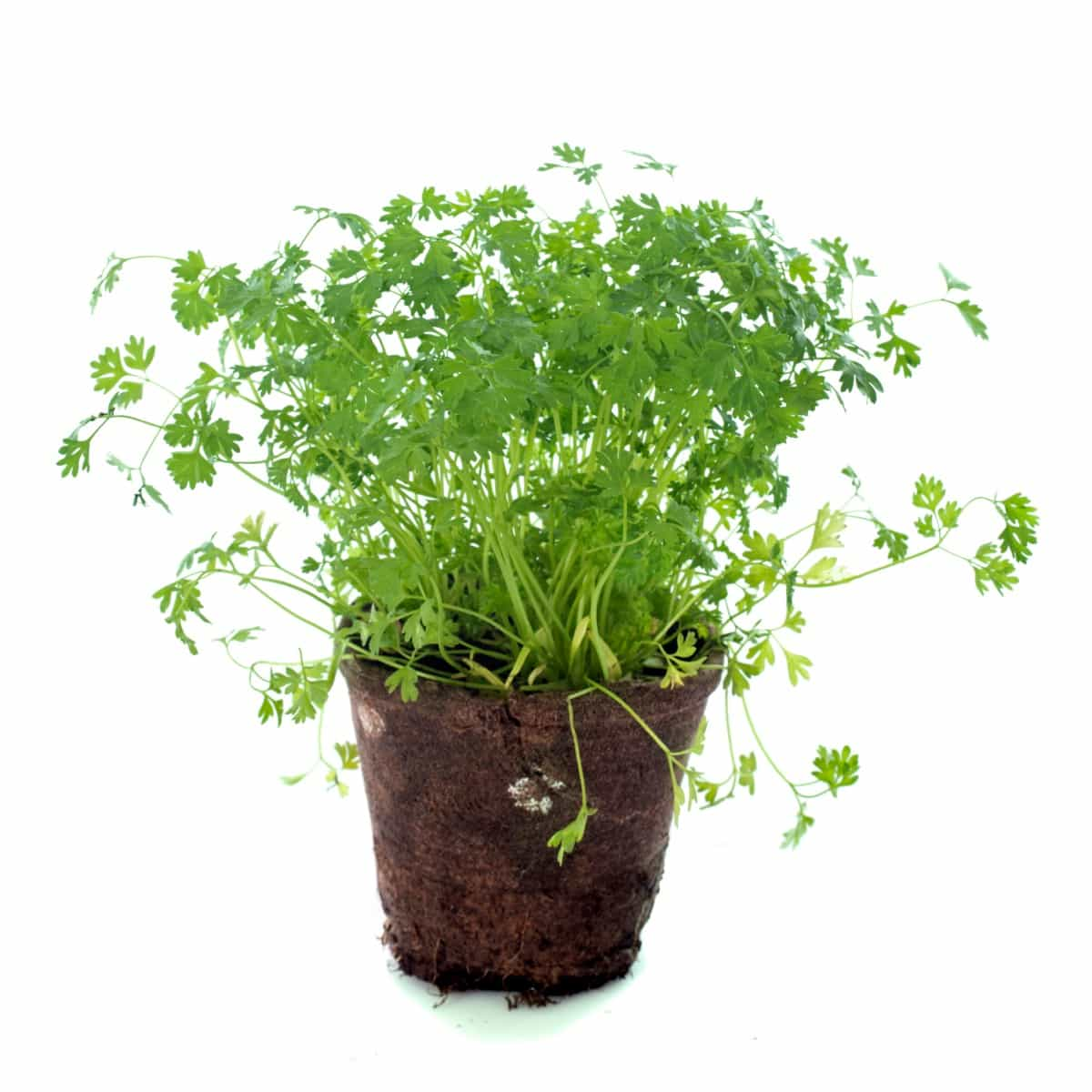
Mulching around the plants helps retain moisture and suppresses weed growth. Pruning Chervil plants is important for maintaining continuous harvests. Pinch-off stems from young plants reaching about 6 inches tall to promote bushier growth. Regular harvesting also encourages new leaf production.
Organic Methods for Caring for Chervil Plants and Promoting Growth
Chervil thrives in well-drained, fertile soil. Before planting, mix compost or aged manure into the soil to provide essential nutrients. Chervil prefers partial shade or dappled sunlight, especially during the hot summer. Find a location in your garden that offers these conditions. Keep the soil consistently moist. Water deeply when needed and mulch around the base of the plant to retain moisture.
Regularly remove weeds around Chervil plants, as they can compete for nutrients and hinder growth. Planting Chervil near crops like Radishes or Lettuce can deter pests while providing shade for delicate leaves. Encourage beneficial insects by avoiding chemical pesticides that could harm them.
Regularly harvest outer leaves from mature plants, which will encourage new growth from within the center of the plant. Use organic fertilizers like compost tea or seaweed extract to nourish Chervil plants without introducing harmful chemicals into their ecosystem. Remember, caring for organic Chervil requires patience and attentiveness, but the rewards of fresh herbs from your garden are worth it.
How To Harvest and Store Organic Chervil Leaves
Harvesting and storing organic Chervil leaves is crucial in getting the most out of your herb garden. When it comes to harvesting Chervil, timing is everything. The best time to harvest is when the plant reaches about 6 inches and has developed many healthy leaves. To harvest Chervil, snip off individual leaves or cut whole stems close to the base using sharp scissors or pruning shears.
In case you missed it: How to Grow and Care for Organic Chamomile: Planting Instructions
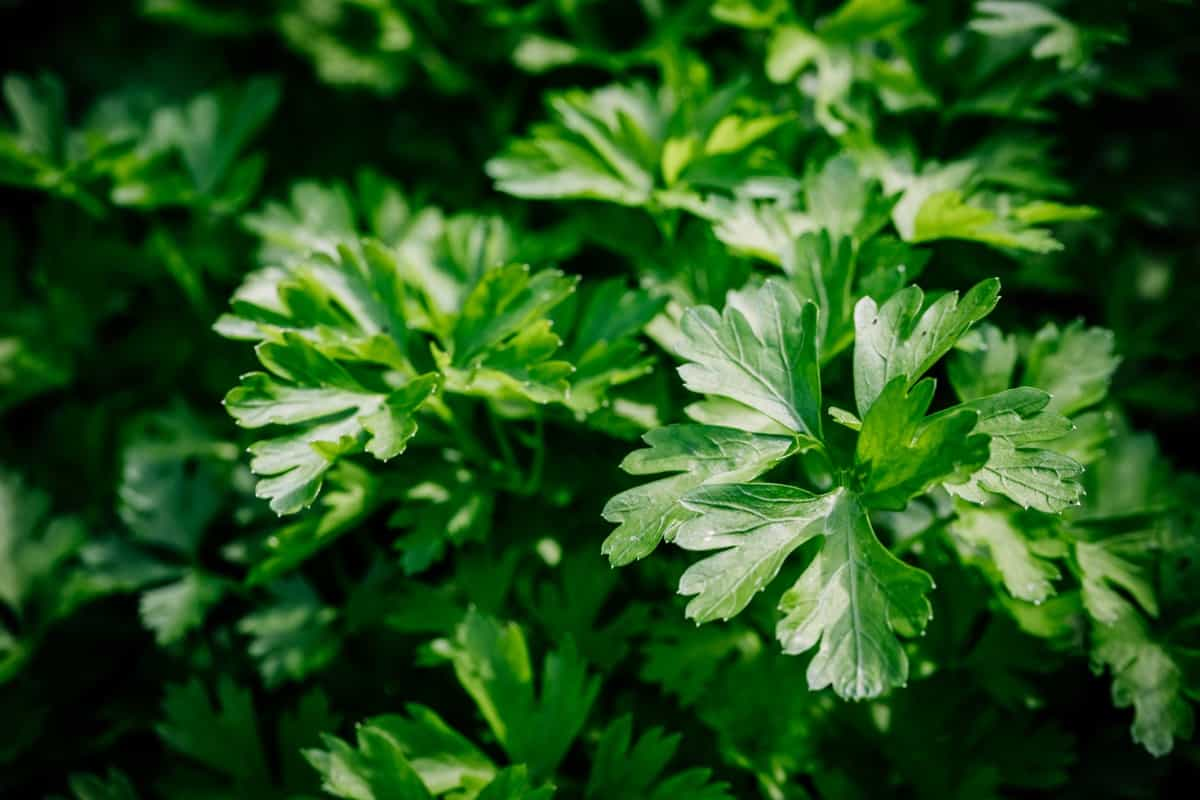
Avoid pulling up the entire plant, damaging neighboring plants, or disrupting the growth cycle. Once you’ve harvested your Chervil leaves, handling them with care is important. Rinse them gently under cool water to remove dirt or debris, then dry them with a clean towel. It’s best to use fresh Chervil immediately after harvesting for maximum flavor and aroma.
If you have more than you can use immediately, storing Chervil properly will help prolong its freshness. Remember that dried Chervil loses much flavor, so it’s generally not recommended for long-term storage. However, if you still want to dry your excess Chervil, hang bunches upside down in a well-ventilated area until completely dried out before crumbling into an airtight container.
Companion Plants for Organic Chervil and Their Benefits
Companion plants can play a vital role in promoting the growth and health of organic Chervil. By strategically planting certain plants alongside your Chervil, you can create a mutually beneficial environment that supports their growth. One excellent companion plant for Chervil is parsley. These two herbs share similar growing conditions and complement each other’s flavors in culinary dishes. Planting them together creates an aesthetically pleasing herb garden while maximizing space utilization.
Another great companion for Chervil is Dill. Dill attracts beneficial insects like ladybugs and lacewings, which help control pests such as aphids and caterpillars that may harm your Chervil crop. Additionally, dill has a tall, airy growth habit that provides shade to the delicate leaves of the Chervil plant. Basil is another fantastic companion plant for organic Chervil.
The aromatic oils released by basil repel many common garden pests, like flies and mosquitoes, while enhancing the overall flavor profile of your herb garden. Marjoram is another compatible companion for Chervil due to its similar cultural requirements and resistance to diseases commonly affecting herbs. It helps deter harmful nematodes from attacking the roots of both plants while providing visual interest with its small pink or white flowers.
In case you missed it: How to Grow and Care for Organic Chives: Planting Instructions
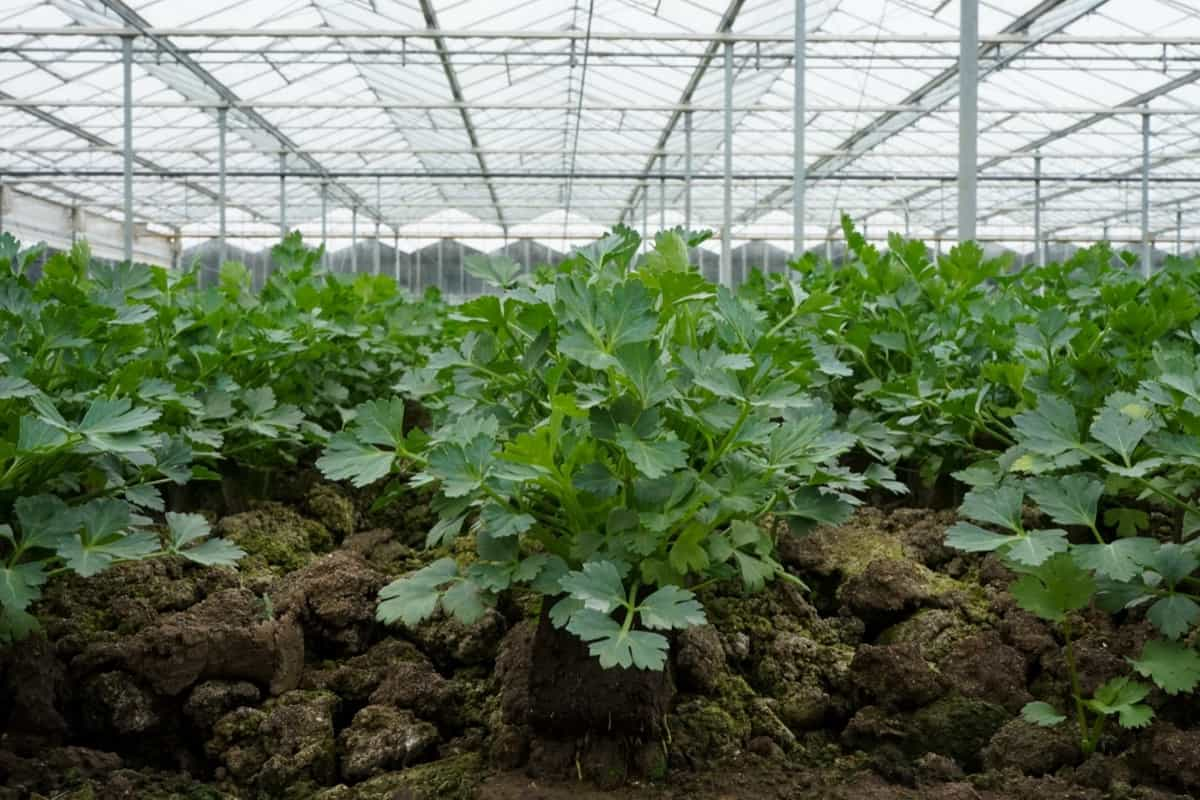
Organic Pest Control Techniques for Protecting Chervil Plants
One of the organic gardeners’ challenges is dealing with pests that can damage their precious plants. You can employ several organic pest control techniques when protecting your Chervil plants from unwanted visitors. First and foremost, prevention is key. Keeping your garden clean and free from debris will discourage pests from making themselves at home. Regularly inspect your Chervil plants for any signs of infestation or damage, such as chewed leaves or holes in the foliage.
Use natural deterrents like neem oil or insecticidal soap to ward off common pests like aphids and mites. These products are safe for both humans and beneficial insects while effectively controlling the population of harmful bugs. Another effective method is companion planting. Chervil thrives when planted alongside aromatic herbs like parsley, cilantro, or dill. These herbs provide a pleasant fragrance and help repel pests with their strong scents.
If you’re dealing with larger critters like rabbits or deer, consider installing physical barriers around your Chervil plants. Fencing made from chicken wire or netting can keep these herbivores at bay without causing harm to them. Attracting beneficial insects to your garden can greatly assist in pest control. Planting flowers such as marigolds and lavender will attract pollinators like bees while deterring harmful insects simultaneously.
Proper Watering and Soil Requirements for Organic Chervil Cultivation
Proper watering and soil requirements are crucial in successfully cultivating Chervil. It is important to understand its specific needs to provide the ideal growing conditions for this delicate herb. When it comes to watering, Chervil prefers consistently moist soil. However, overwatering causes root rot and other problems. It is best to water the plants deeply but infrequently, allowing the top inch of soil to dry out between waterings. This helps promote healthy root development while preventing waterlogged conditions.
Regarding soil requirements, Chervil thrives in well-draining, fertile soil with a slightly acidic pH ranging from 6.0 to 7.0. Before planting, mix organic matter into the soil to improve drainage and provide essential nutrients. Chervil also prefers partial shade or filtered sunlight for optimal growth. Direct sunlight causes wilting and scorching of the delicate leaves. Providing some shade during the hottest parts of the day will help protect your Chervil plants.
Pruning And Maintaining Organic Chervil for Continuous Harvest
Pruning and maintaining organic Chervil for a continuous harvest is essential to ensure healthy growth and abundant yields. Regular pruning helps promote bushier growth, prevents the plant from bolting, and encourages the production of fresh leaves. To begin with, it’s important to start pruning when the Chervil plants are about 6-8 inches tall. Use clean gardening shears or scissors to trim off any yellowing or damaged leaves at the base of the plant.
In case you missed it: Growing Hydroponic Chervil Herb – A Full Guide
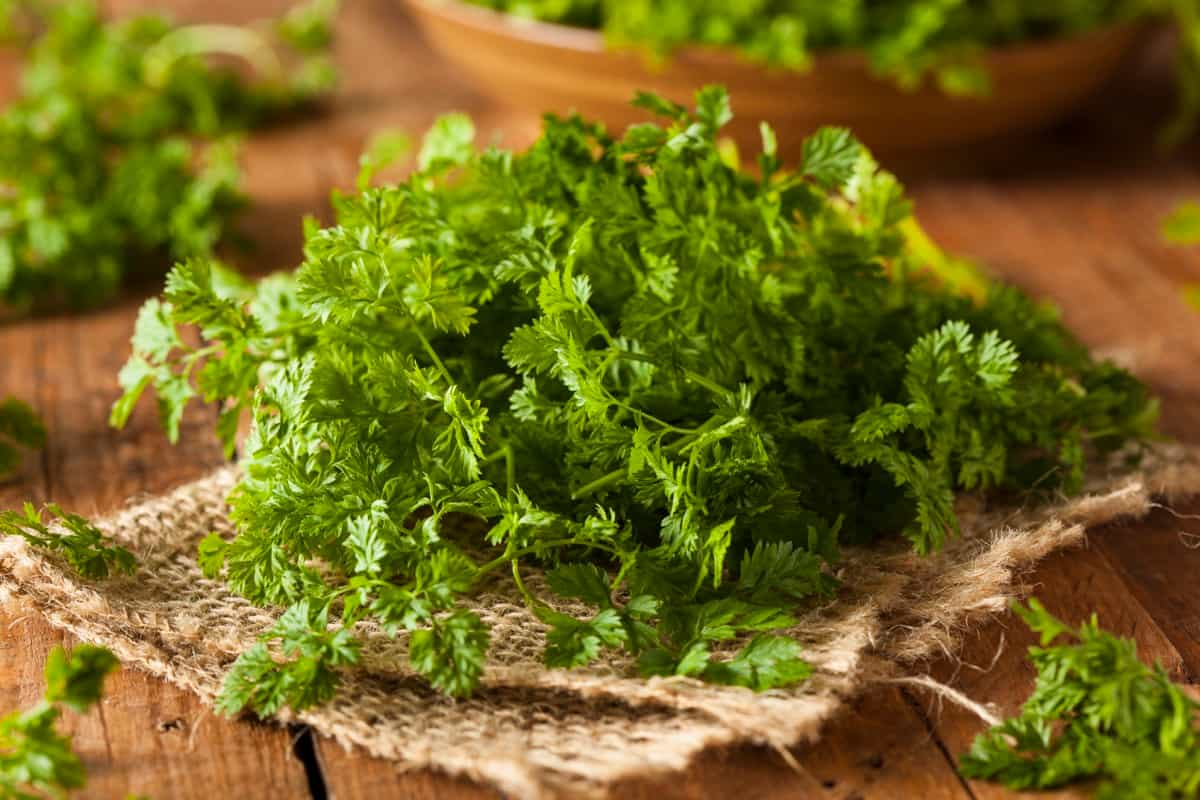
This will improve its appearance and prevent any diseases from spreading. Additionally, pinch back the tips of the stems regularly to encourage branching and fuller growth. Doing so stimulates new leaf production while preventing flowering, negatively affecting leaf quality. Furthermore, remember to remove any flower heads that appear on your Chervil plants. These flowers can divert energy away from leaf production towards seed development, resulting in a bitter taste in the leaves.
Regarding maintenance, watch for pests like aphids or slugs that may attack your Chervil plants. Organic pest control methods such as handpicking or companion planting techniques with beneficial insect-attracting plants can help protect your crop without harmful chemicals. Regular watering is crucial for healthy Chervil growth. Keep the soil consistently moist but avoid overwatering as this can lead to root rot.
Organic Fertilizers and Amendments for Nourishing Chervil Plants
Organic fertilizers and amendments are crucial in nourishing Chervil plants and ensuring their healthy growth. When it comes to organic gardening, it’s important to choose natural and sustainable options that promote the overall well-being of your plants. One popular choice for organic fertilizers is compost. Adding compost to your Chervil beds or containers before planting will provide a steady supply of nutrients throughout the growing season.
Seaweed contains various trace minerals that are beneficial for plant growth. It can be used as a liquid foliar spray or added directly to the soil around the Chervil plants. You can use blood meal or fish emulsion for an extra nitrogen boost. These natural fertilizers release nitrogen slowly over time, providing a continuous source of nutrition for your Chervil plants.
In addition to fertilizers, incorporating organic amendments like aged manure or worm castings into the soil can improve its structure and fertility. These amendments add valuable organic matter while increasing nutrient availability for Chervil plants. Remember that every garden has unique needs, so it’s important to regularly monitor your Chervil plants’ health and adjust your fertilization routine accordingly.
In case you missed it: Growing Chervil in Pots from Seed – a Full Guide
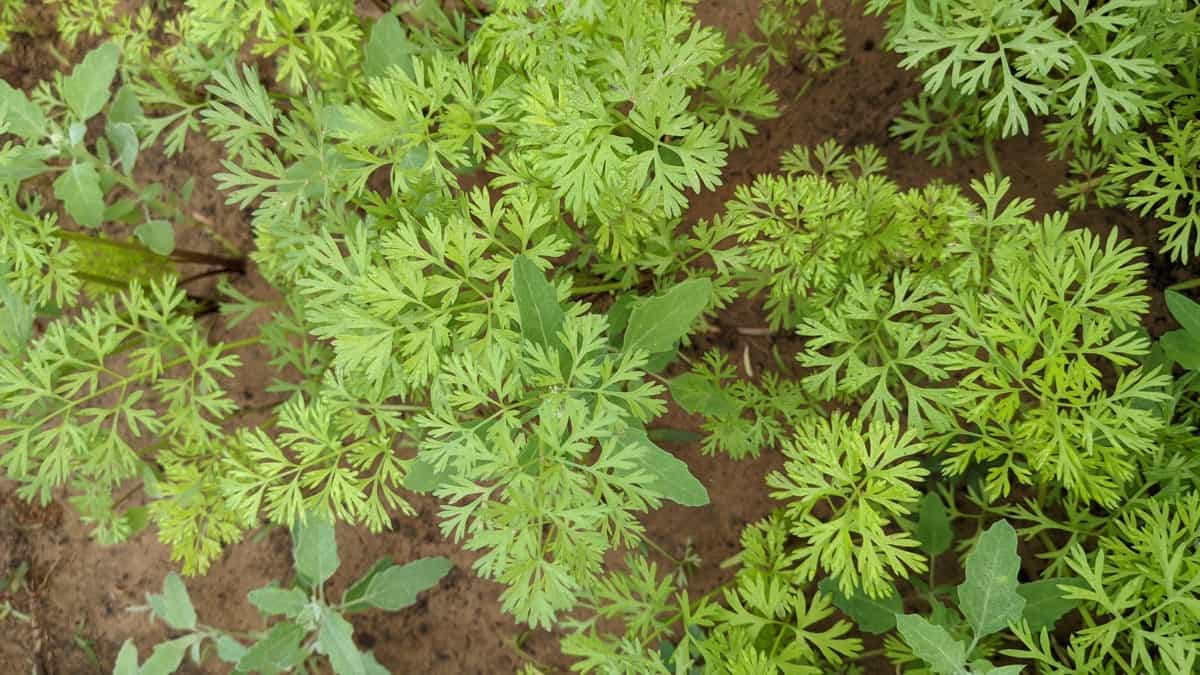
Conclusion
Growing and caring for organic Chervil can be a rewarding experience for any gardener or cooking enthusiast. This delicate herb adds a unique flavor to dishes and offers numerous health benefits. Following the planting instructions and providing proper care can ensure a bountiful harvest of fresh Chervil leaves throughout the growing season.
Remove weeds competing with your Chervil plants for nutrients and space to encourage healthy growth. Cultivating organic Chervil is beneficial for its culinary uses and adds beauty to your garden with its delicate foliage. With proper care and attention throughout its growth cycle, you’ll have a steady supply of this flavorful herb at your fingertips.
- How to Grow Tomatoes Organically at Home: A Comprehensive Guide
- Organic Gardening on a Budget: Low-Cost Methods and Materials
- Gongura Seed Germination and Planting Methods
- Cabbage Seed Germination and Selection
- Broccoli Seed Germination and Selection
- Asparagus Seed Germination and Variety Selection
- Seasonal Flower Gardening: Best Practices for Spring, Summer, Fall, and Winter
- How to Grow Hibiscus from Flower
- Plantation Ideas for Home Decoration: A Beginners Guide
- Flower Garden Designs and Layouts for Beginners
- Planting and Spacing Techniques in Papaya: A Beginner’s Guide
- Growing Gold: Essential Techniques for Planting Pineapples
- How to Make Kalanchoe Plant Bushy: Home Remedies and Solutions
- 11 Reasons Why Your Gardenia is Not Blooming: Home Remedies and Solutions
- Eco Elegance: The Guide to Designing a Drought-Tolerant Landscape
- Gardening on a Slope: Strategies for Hillside Landscaping
- Nourish and Flourish: Top Organic Mulches for Thriving House Plants
- Everything You Want to Know about Indian Mogra Flower: Discover Uses and Growing
- Green Thumb Success: Expert Tips for Cultivating Greenhouse Pumpkins All Year Round
- Maximize Growth & Flavor: The Ultimate Guide to Companion Planting in Herb Gardens
- How to Control Rhododendron Problems Naturally: Home Remedies and Organic Ways to Fix Them
- Natural Magic: The Remarkable Benefits of Cinnamon for Plants
- Best Steps to Revive Dying Tulip with Natural and Organic Treatment
- 10 Reasons Why Your Angel Trumpet is Not Blooming: Remedies and Treatment
- How to Fix Periwinkle Leaf and Flower-Related Problems: Natural Remedies and Solutions
- How to Fix Zinnias Leaf and Flower Problems: Discover Natural and Home Remedies
- Organic Steps to Induce Lemon Tree Flowers: A Comprehensive Guide
- Bloom Booster: Crafting the Perfect Homemade Bougainvillea Fertilizer
- Optimizing Growth: A Guide to Applying NPK Fertilizer for Potted Plants
- 10 Best Homemade Fertilizers for Rubber Plant: DIY Recipes and Application Method
- How to Boost Female Pumpkin Flowers: Effective Steps for More Flowers and High Yields
- Transform Your Indoor Garden: Top Benefits of Pink Salt for Houseplants
- 10 Best Homemade Fertilizers for Peacock Plants (Calathea): Easy DIY Guide
- Unlock Blooms: 9 Reasons Why Your Potted Chrysanthemum is Not Blooming
- 8 Reasons Why Your Potted Hibiscus is Not Blooming: Fix it with Simple Solutions
- Unlock Blooms: 9 Key Reasons Your Potted Frangipani Won’t Flower